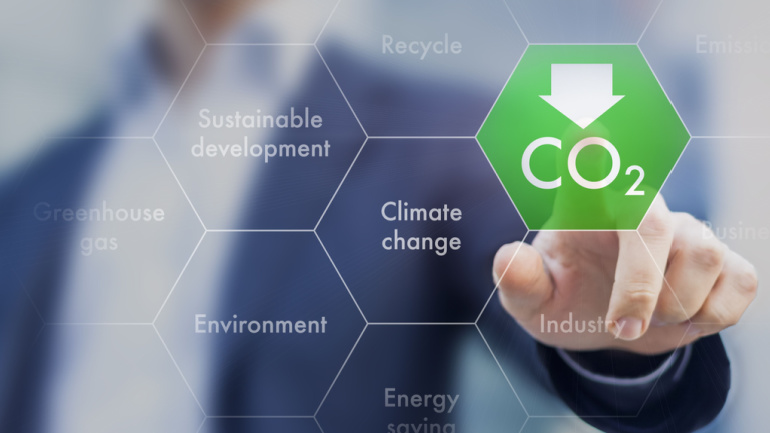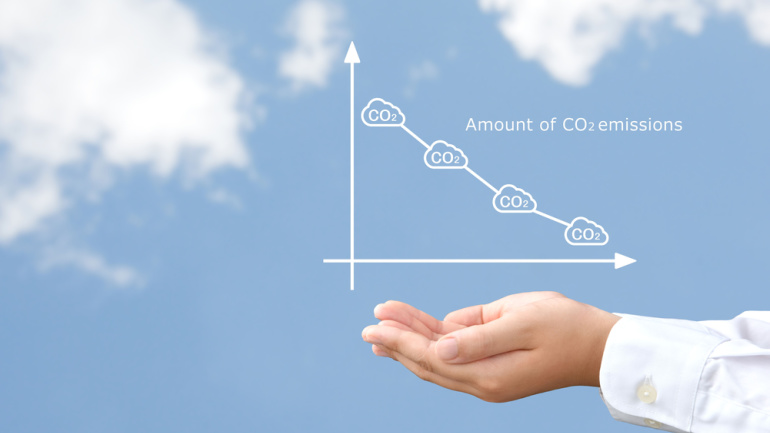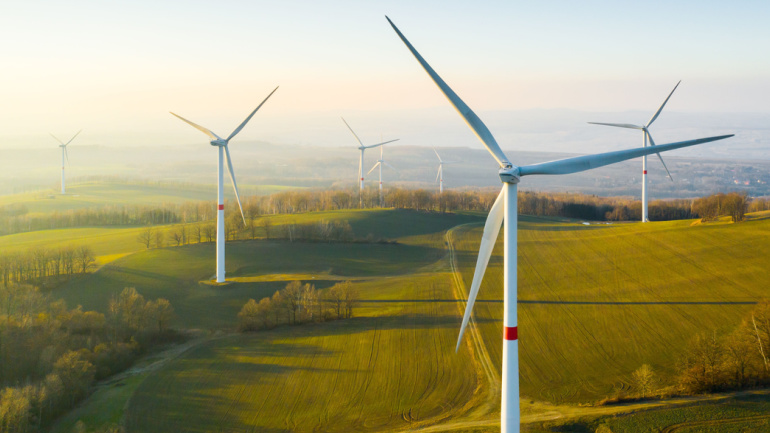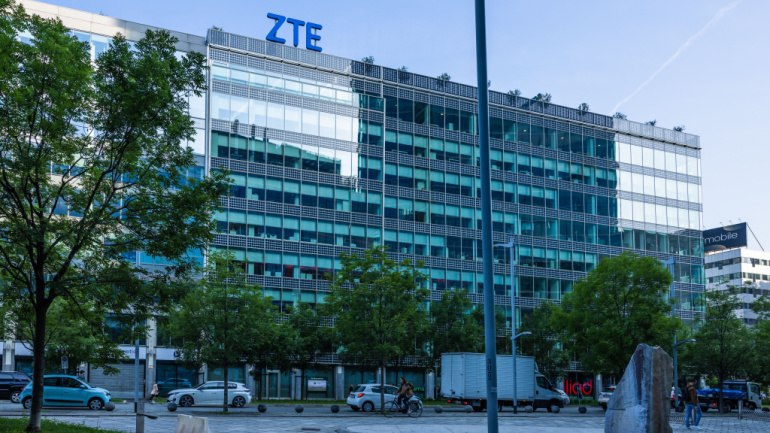Climate change casts a menacing shadow over the infrastructure underpinning the Internet, including fiber optic cables and colocation facilities. The predicament Saint-Martin island faced after Hurricane Irma’s assault prompted Setics Sttar to reimagine their rebuilding strategy. Subterranean framework emerged as a key defense against future environmental disasters, demonstrating the necessity to fuse climate risk considerations with infrastructure planning. Seeking a climate risk assessment for your FTTH Network design has become not only optimal but essential in the face of a changing world.
Exploring efficient energy solutions, BT is turning to liquid cooling techniques to lower network switch power usage. Collaborations with Iceotope and Juniper hint at precision cooling for servers—a potentially industry-first initiative. Meanwhile, strategies with Immersion4, Nexalus, and Airsys run the gamut from full immersion to cooling-unit encased cold plates. Crucially, every energy-reduction experiment aids BT’s ambitious journey toward net-zero emissions by 2031.
In a promising move towards transparency, UK’s BT and software giant SAP have joined forces to test SAP’s Sustainability Data Exchange (SDX) – a novel system that captures, tracks and shares data on obscure, indirect emissions, known as Scope 3. Given the numerous entities and different methodologies involved in disclosure, SDX utilizes carbon data interoperability standards to provide a unified portal for monitoring supply chain emissions data, thus streamlining the gathering and dissemination of precise Scope 3 information.
Teleste, a global technology provider, has announced its commitment to the United Nations’ Global Compact initiative, an established corporate responsibility effort. The initiative, launched by the UN in 2000, emphasizes the importance of ecological, social, and financial responsibility for both companies and communities worldwide.
Unveiling a battery and solar-powered 5G site in Texas, Ericsson demonstrates an innovative and eco-friendly approach to creating energy-smart network solutions. This next-generation site not only offers enhanced energy management, potentially trimming operational expenses and reducing energy consumption, but also hints at lucrative future revenue streams from selling excess power. As Ericsson continues to explore greener alternatives, it’s intriguing to see how telecom companies worldwide will adopt this sustainable model.
Emerging as a benchmark for sustainability, Vodafone negotiates a massive 410 Gwh photo-voltaic energy deal yearly with renewable firm Iberdrola, aiming at operations in Germany, Portugal, and Spain. This agreement, an expansion on their existing partnership, likely opens doors to further renewable initiatives. Vodafone’s commitment towards an eco-friendlier future radiates, from charging points for electric vehicles at their primary facilities in Spain to ensuring customers’ benefits from 100% renewable purchased electricity.
The Met Office has launched its Climate Data Portal, providing telecoms organizations with enhanced access to climate data and resources to improve their understanding and response to climate change. As part of the Met Office’s broader data optimization strategy, the portal offers 60 different data layers, along with guidance and information.
In a groundbreaking arrangement, Telenor and Statkraft are set to secure 85 GWh/year of renewable energy for Telenor’s Finnish branch, DNA. This power deal will utilise energy from Statkraft’s upcoming wind farm project, fortifying Telenor’s quest for sustainable power. The implications of this pact spark debate on the urgency of renewable energy adoption in the telecom industry.
Discover how ZTE reduced greenhouse gas emissions by 7.5% through low-carbon strategies while investing in AI-driven digital energy solutions and joining the Science Based Targets initiative for a sustainable future.
Telecom operators worldwide tackle rising energy demands and stringent regulations by adopting renewables and innovative technologies. Transparency in green initiatives helps retain customers, while tailored energy strategies and efficient power systems promote sustainability in the industry.













